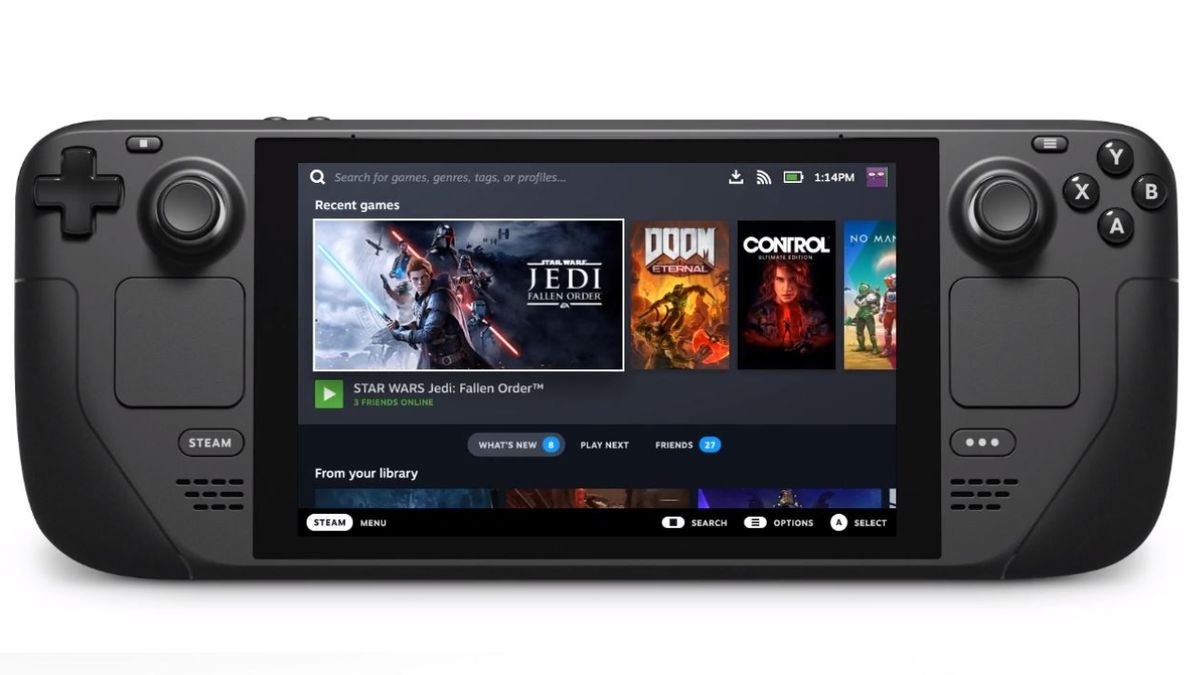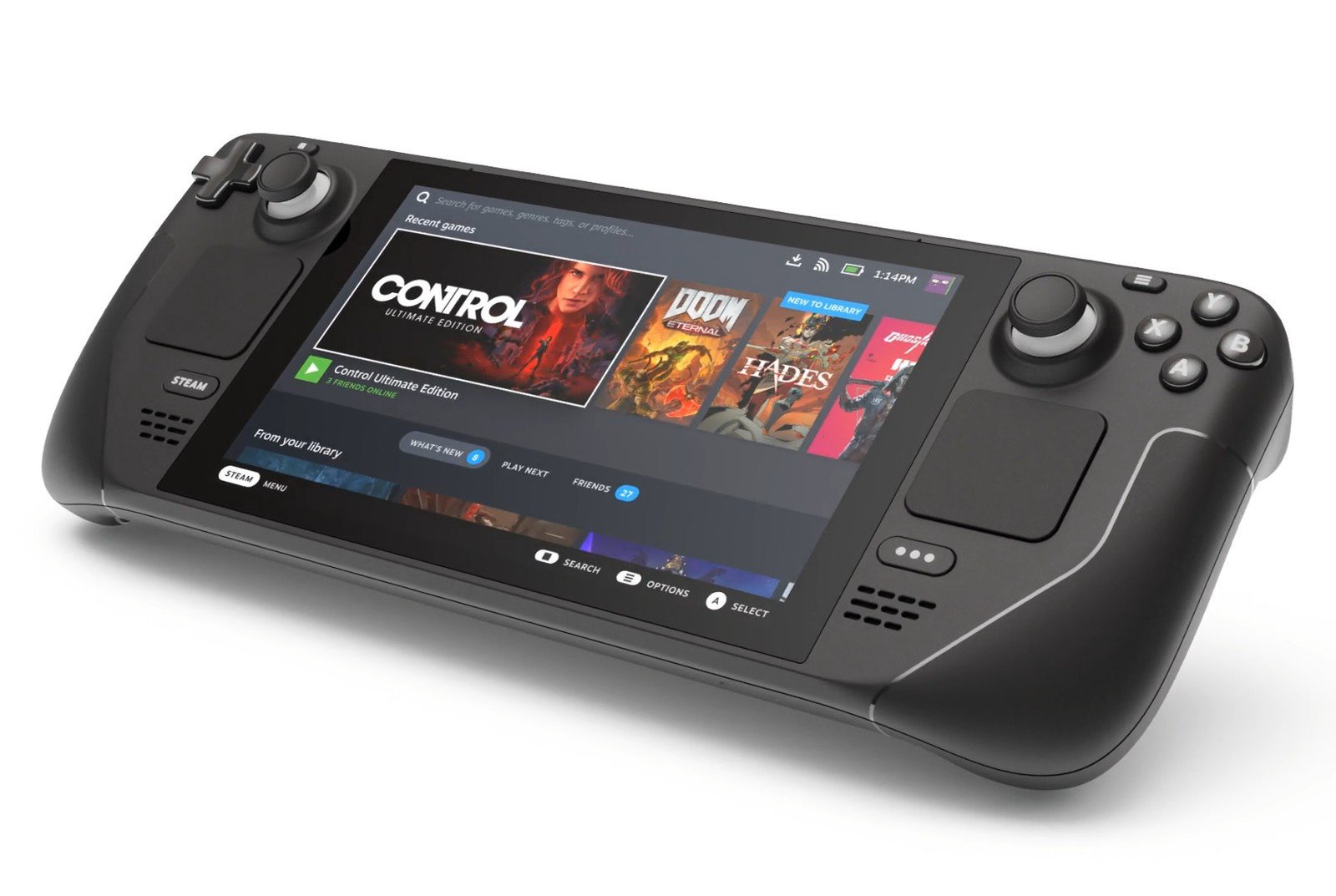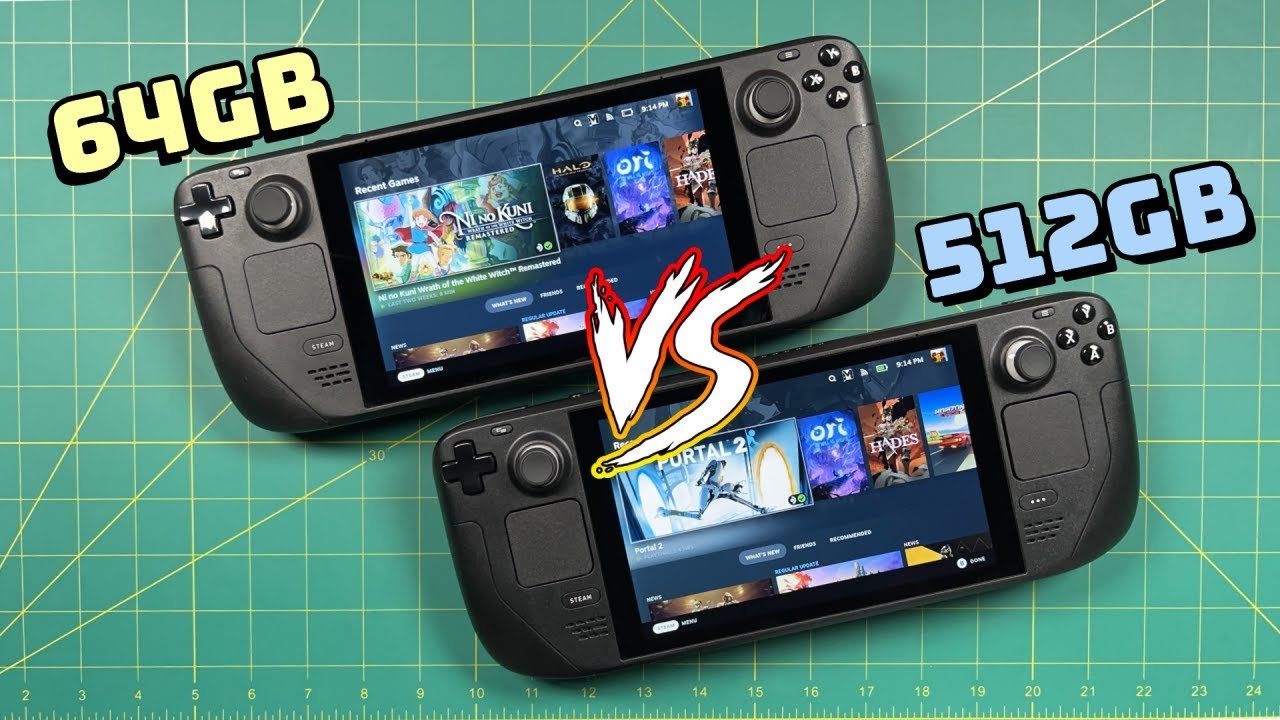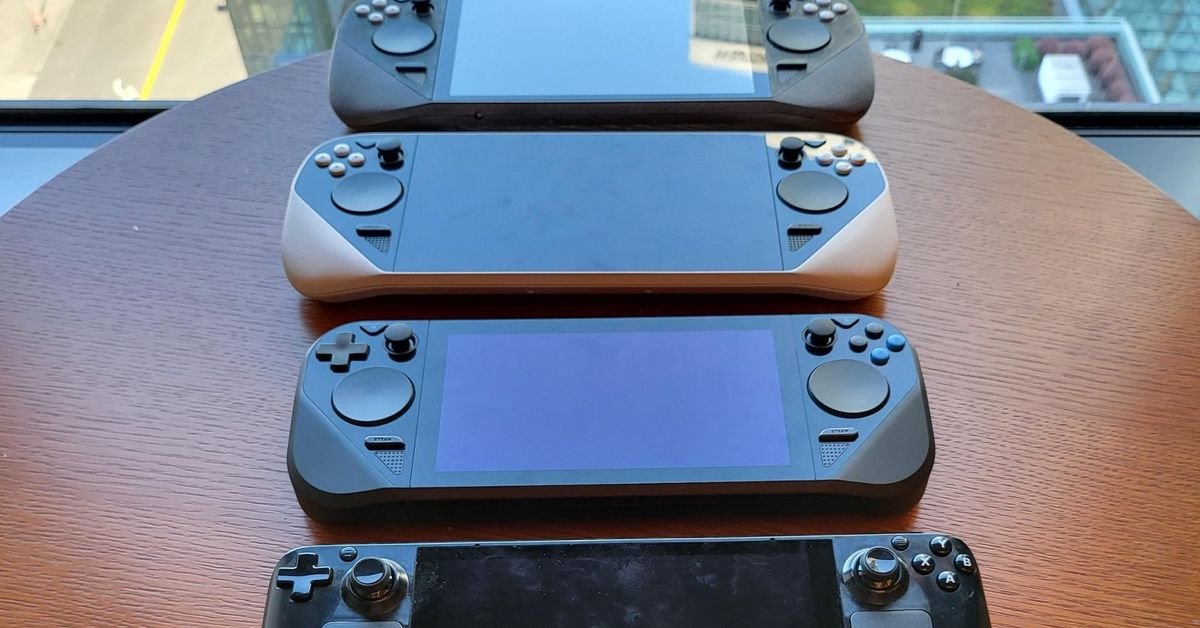Steam Deck: Handheld PC Gaming Has Finally Arrived (And It’s Pretty Great)

Valve’s Steam Deck has undeniably shaken up the gaming landscape. More than just a portable console, it’s a genuine handheld PC, capable of running a vast library of Steam games, and even more with a little tinkering. We’ve spent considerable time with various Steam Deck models, putting it through its paces, and it’s time to deliver our verdict.
The Steam Deck’s primary selling point is its ability to play PC games on the go. And for the most part, it delivers. AAA titles like Cyberpunk 2077 and Elden Ring are playable, though you’ll need to make sacrifices in graphical fidelity to achieve smooth framerates. The AMD APU, while not a desktop powerhouse, is surprisingly capable for its size. Expect to tweak settings extensively to find the sweet spot between visuals and performance. Indie games and older titles, of course, run flawlessly.
The design is… divisive. It’s undeniably large and bulky, but the ergonomics are surprisingly good. The button layout is well thought out, and the trackpads offer a unique and surprisingly useful control option, especially for games not designed for controllers. Build quality feels robust; the plastic casing is sturdy, and the buttons have a satisfying click. The 7-inch touchscreen is responsive and bright enough for most environments, although direct sunlight can be a challenge.

One of the Steam Deck’s greatest strengths is its versatility. It’s not just a gaming device. It’s a fully functional PC running SteamOS (based on Linux). You can install other game launchers, emulators, and even Windows (though performance may suffer). This open ecosystem is a massive advantage over locked-down consoles.

Battery life, however, is a persistent concern. Depending on the game and settings, you can expect anywhere from 1.5 hours to 6 hours of playtime. AAA games with demanding graphics will drain the battery quickly. A portable charger is practically a necessity for extended gaming sessions. Furthermore, the fan can get quite loud under heavy load. While not deafening, it can be distracting, especially in quiet environments. The speakers are surprisingly decent, but headphones are recommended for a more immersive experience.
The value proposition is complex. The base model is relatively affordable, but the limited storage space is a significant constraint. Upgrading to a higher-tier model with more storage is recommended, but it increases the price considerably. Considering the cost of the Steam Deck and the need for potentially expensive accessories like a microSD card and portable charger, it’s not the cheapest gaming solution.
Ultimately, the Steam Deck is a remarkable piece of technology. It’s a handheld PC that delivers a genuine PC gaming experience on the go. It’s not perfect, but its versatility and performance make it a compelling option for PC gamers who want to take their library with them. It’s best suited for gamers who enjoy tinkering with settings, are comfortable with a Linux-based OS, and are willing to accept some compromises in battery life and graphical fidelity.

Where to Buy:
Steam Deck (Various Models) Quick Summary
Key Scores:
- Value: 88%
- Design: 85%
- Performance: 90%
- Quality: 87%
- Popularity: 93%
Top Pros
- ✅ The ability to play PC games on the go is genuinely impressive.
- ✅ The Steam Deck’s versatility as a handheld PC is a significant strength.
- ✅ The ergonomic design is surprisingly comfortable despite its bulky size.
Key Cons
- ❌ Battery life is a major concern, especially with demanding games.
- ❌ The fan can get quite loud under heavy load, which can be distracting.
- ❌ The base model’s limited storage space is a serious constraint.























